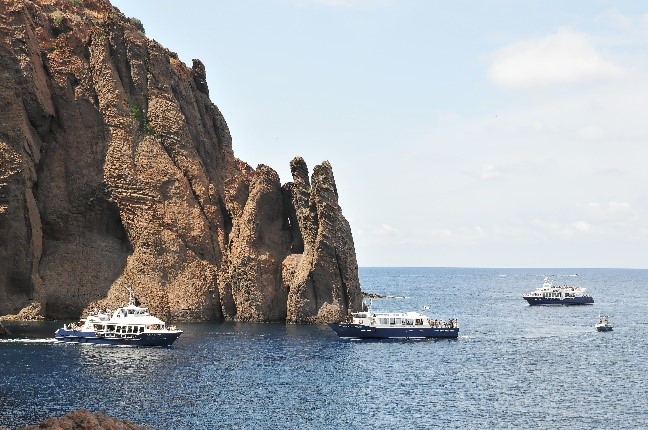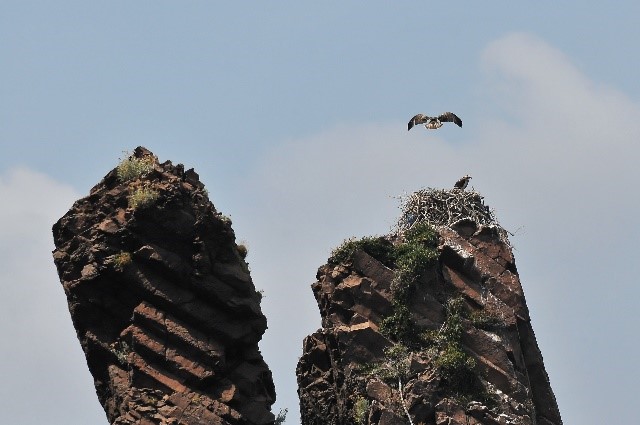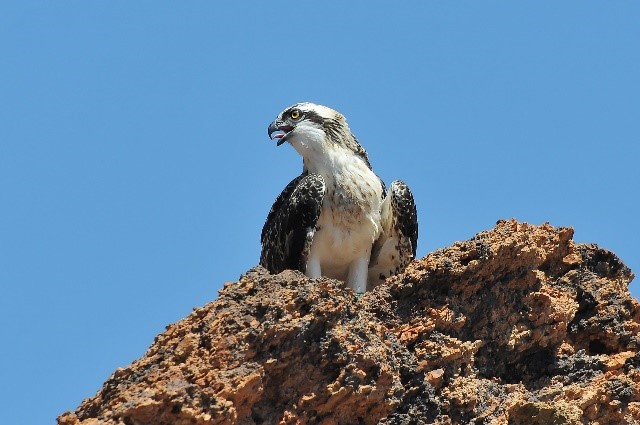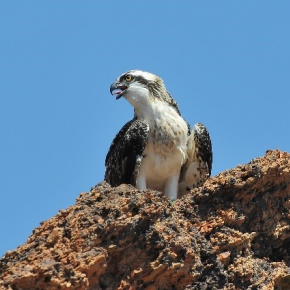
Mass tourism at Scandola Corsican Nature Reserve threatens protected bird species
Ospreys are a threatened and protected species in the Mediterranean region. Their population has been plummeting in France’s Scandola Corsican Nature Reserve, although the number of breeding pairs had risen from two in 1974 to eight by the 1990s.1 A joint Franco-Italian study involving researchers from the CNRS and the University of Montpellier has shown that tourist activities constantly disturb ospreys at the end of their reproductive season, leading to a decline in reproductive success. The Scandola Corsican Nature Reserve—both a UNESCO World Heritage site and a marine protected area—is now one of the major tourist destinations of Corsica. Boat traffic is three times higher within the reserve than outside of it: over 400 boats per day pass under the ospreys’ nests during the summer. This alters the behavior of adult ospreys: males bring less prey back to feed their broods, and females spend more time away from the nest in states of alarm. These two factors are sources of stress for their chicks and explain why numbers of fledged chicks have drastically fallen since 2010. The researchers’ findings are the subject of an article published in Animal Conservation on December 17, 2018 and featured on the journal’s cover. This study underscores the importance of changing how tourism is managed in the marine protected area.

© Olivier Duriez

© Olivier Duriez

© Olivier Duriez

© Olivier Duriez
- 1These eight pairs were yielding 15 to 20 fledged chicks per year until 2010, however, since then their reproductive success has been on the decline, and breeding pairs are now only having 1 fledged chick per year. Elsewhere in Corsica, on sites less impacted by mass tourism, osprey population reached c. 20 pairs and the breeding success has maintained.
The price of success: integrative long-term study reveals ecotourism impacts on a flagship species at a UNESCO site, F. Monti, O. Duriez, J.-M. Dominici, A. Sforzi, A. Robert, L. Fusani & D. Grémillet, Animal Conservation, 17 December 2018. doi:10.1111/acv.12407


